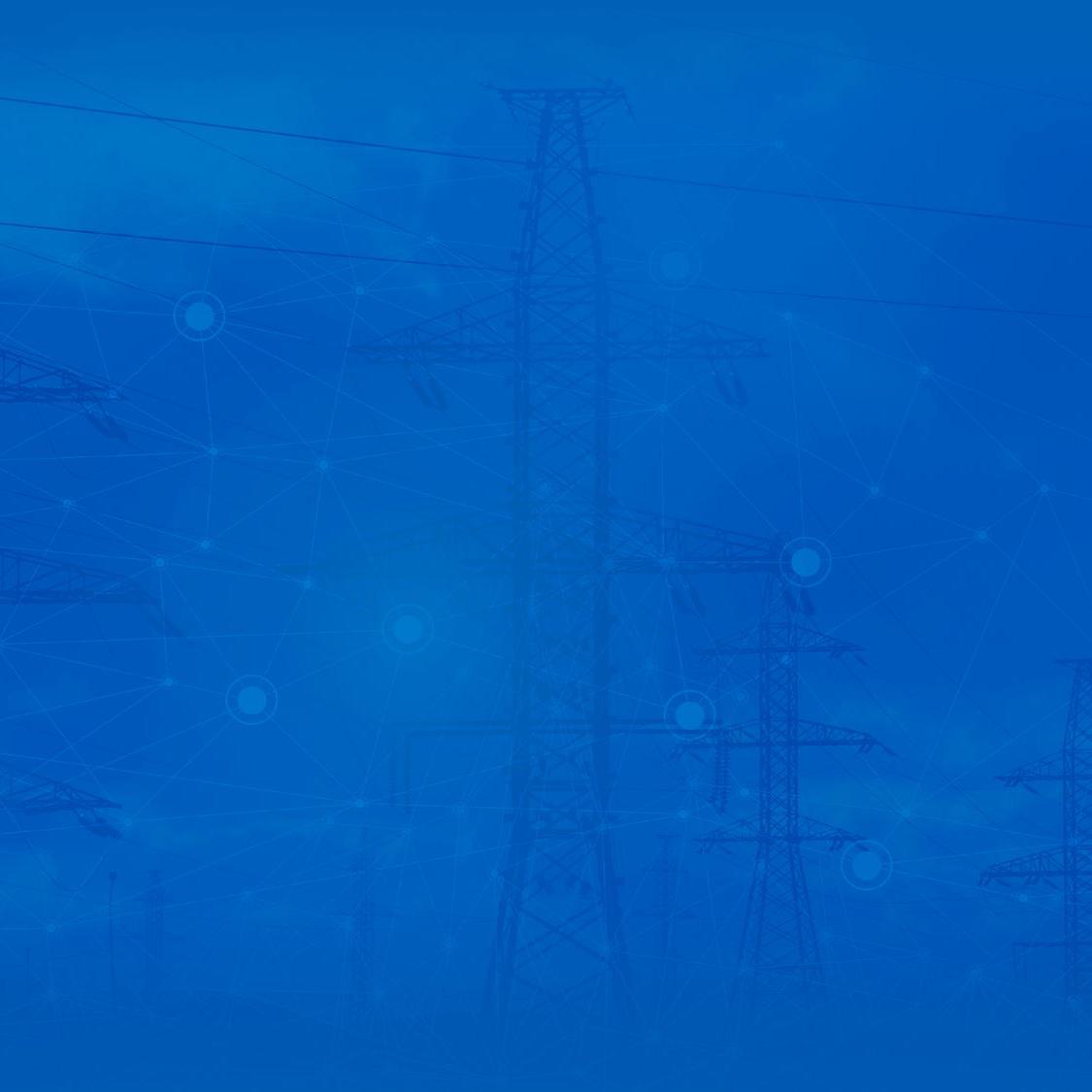Terna has always been at the forefront of innovation and research, particularly involving young talent. This commitment forms the basis of the recent hackathon promoted in collaboration with UniSMART, the University of Padua foundation, and aimed at university students, researchers and post-graduates of STEM degree courses (Science, Technology, Engineering and Mathematics).
This challenge was intended to generate new ideas and innovative approaches based on the principles of industrial, economic and environmental sustainability, in this case in the arena of Advanced Materials: materials with “superior” properties or performance able to make a difference in the electricity grid of the future. The category includes all technologically advanced materials with properties that are useful to create lower-cost, higher-efficiency applications supporting the energy transition. This is a starting point to successfully manage the progressive transformation of electricity infrastructure with sustainable solutions.


